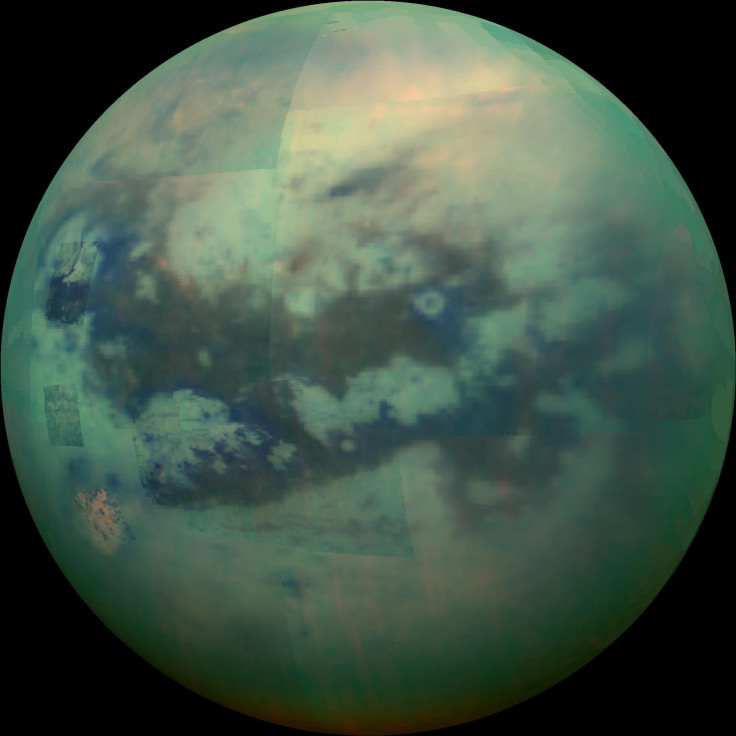NASA To Send Helicopter-Drone To Look For Alien Life On Titan

The universe is big, very big and we are just a speck of dust in the galaxy. What if there were beings just like us living on some other planet? Perhaps we are not alone in this vast universe … the possibility of extraterrestrials or alien life excites us all, doesn’t it.
NASA is planning to send a lander mission to Titan, Saturn’s giant moon by 2026. The lander, Dragonfly, is in fact a large helicopter-like drone. NASA officials said the spacecraft will be designed to touch down on multiple locations like impact craters and dunes, to look for the building blocks of life.
The officials expect to launch the mission in 2026 and land on Titan by 2034. According to Space.com, the probe will then spend at least 2.5 years cruising around the 3,200-mile-wide Titan, making about two dozen flights that cover a total of about 110 miles. Officials say the 10-foot long rotocraft will collect all kinds of data from every stop. They hope the data will help scientists learn more about the giant moon.
The officials explained that if Titan indeed has life, Dragonfly could conceivably find evidence of it. “And because Titan is very similar to the early Earth, the mission’s observations may shed life on the chemical processes that helped life get going on our planet,” the officials said.
They said the rotorcraft will land on Titan’s dunes, then head toward the Selk Crater, which is about 80 kilometers wide. Selk is seen as a particularly good place to study prebiotic (organic) chemistry and look for signs of life. Scientists believe the impact craters on Titan hold valuable information on the ingredients of life that would have mixed into the Titan's material when something struck it thousands of years ago.
Thomas Zurbuchen, NASA’s associate administrator for science, in a statement described Titan to be unlike any other place in the solar system -- and Dragonfly as like no other mission. “It’s remarkable to think of this rotorcraft flying miles across the organic sand dunes of Saturn’s largest moon, exploring the processes that shape this extraordinary environment,” Zurbunchen said. “Dragonfly will visit a world filled with a wide variety of organic compounds, which are the building blocks of life and could teach us about the origin of life itself.”
It will take eight years for the Dragonfly mission to reach the second largest planet in the solar system.
© Copyright IBTimes 2025. All rights reserved.





















